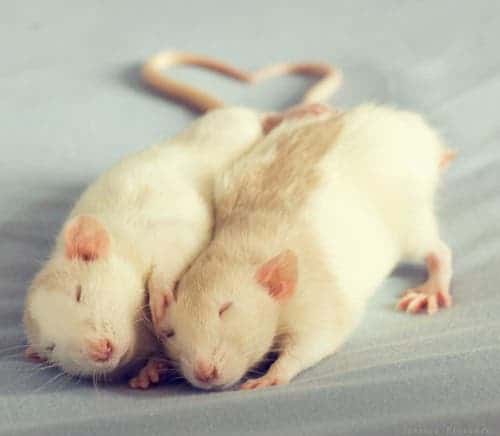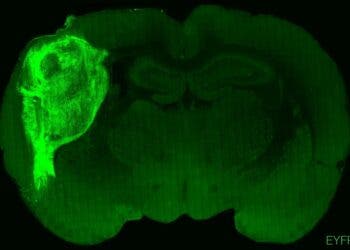It’s not just us humans that dream of a better future – rats do too. When rats rest, their brains imagine a favorable future such as a tasty treat, a new study by UCL researchers found.

Researchers wanted to see what happens in the rats’ brain as they sleep, so they first monitored them as they looked at some delicious but inaccessible food. They then monitored them as they rested, and ultimately, as they finally received the desired food. They then did the same thing as the rats were sleeping, and found that their brains were mimicking walking to and from the desired food.
“During exploration, mammals rapidly form a map of the environment in their hippocampus,” says senior author Dr Hugo Spiers (UCL Experimental Psychology). “During sleep or rest, the hippocampus replays journeys through this map which may help strengthen the memory. It has been speculated that such replay might form the content of dreams. Whether or not rats experience this brain activity as dreams is still unclear, as we would need to ask them to be sure! Our new results show that during rest the hippocampus also constructs fragments of a future yet to happen. Because the rat and human hippocampus are similar, this may explain why patients with damage to their hippocampus struggle to imagine future events.”
The study not only revealed an amazing fact about rats, but could also help humans with damage to the hippocampus who can’t imagine the future. The hippocampus is a major component of the brains of humans and other vertebrates which plays a major role in memory and spatial navigation. But there might be more to the hippocampus than what we currently believe.
“What’s really interesting is that the hippocampus is normally thought of as being important for memory, with place cells storing details about locations you’ve visited,” explains co-lead author Dr Freyja Ólafsdóttir (UCL Biosciences). “What’s surprising here is that we see the hippocampus planning for the future, actually rehearsing totally novel journeys that the animals need to take in order to reach the food.”
Their results indicate that the hippocampus may plan routes that have not yet happened – a dream route that would lead them to the food. This is also an indication that thinking about the future is not restricted to humans – something which biologists thought for a long time.
“What we don’t know at the moment is what these neural simulations are actually for,” says co-lead author Dr Caswell Barry (UCL Biosciences). “It seems possible this process is a way of evaluating the available options to determine which is the most likely to end in reward, thinking it through if you like. We don’t know that for sure though and something we’d like to do in the future is try to establish a link between this apparent planning and what the animals do next.”






